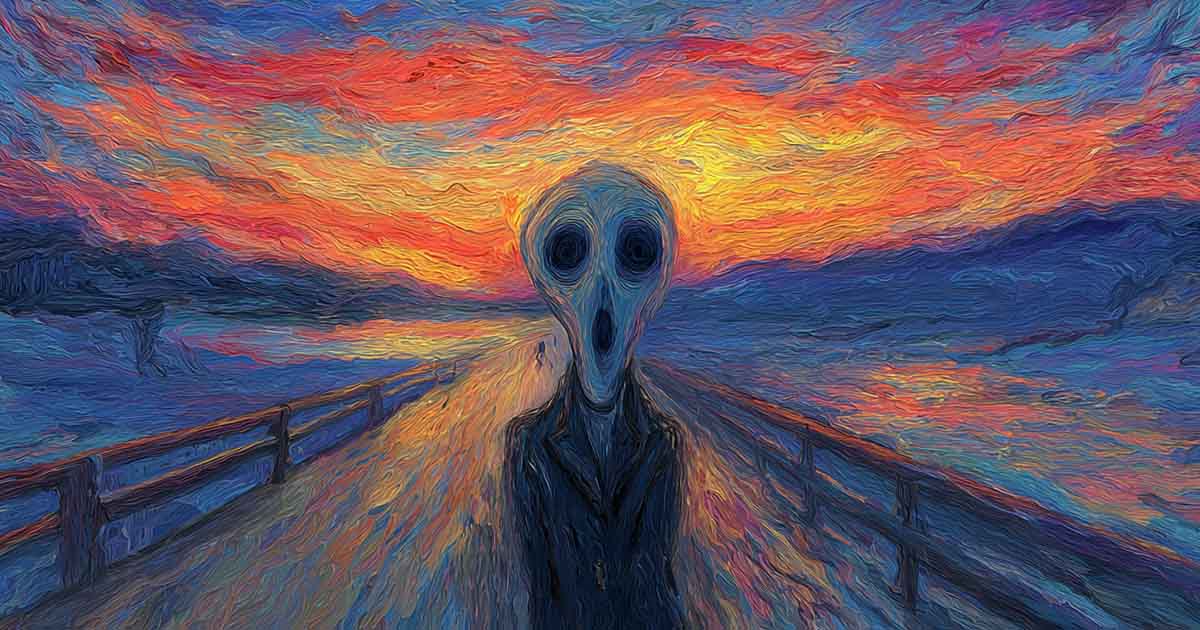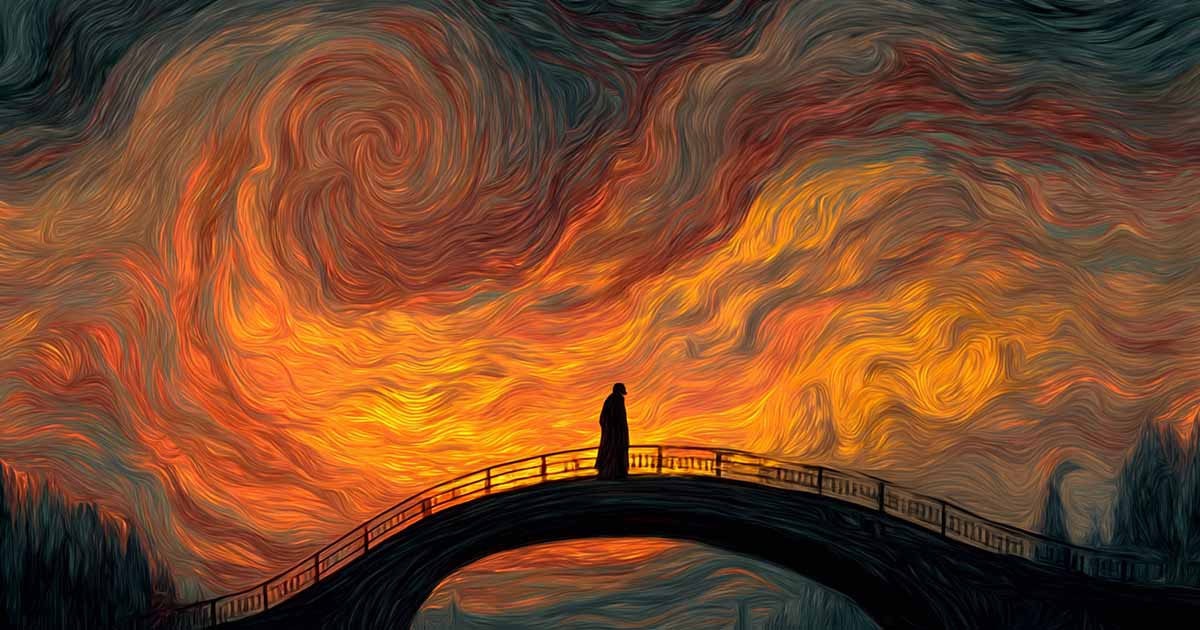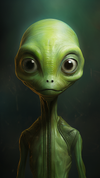The Scream Inspires Doctor Who Monsters
Edvard Munch’s "The Scream" inspired the alien Silence in "Doctor Who," blending art, folklore, and television to show how echoes of the past shape science fiction’s most haunting creations.

Few paintings have gripped the imagination of modern culture like Edvard Munch’s "The Scream." Its tormented figure, frozen mid-shriek against a backdrop of swirling skies, has become shorthand for existential dread.
Beyond its surface shock, the painting represents Munch’s attempt to capture a moment of psychological rupture. He once wrote that he felt "a great, infinite scream passing through nature," and that sensation became distilled into oil and pastel.
From Canvas to Television Screen
In 2011, "Doctor Who" introduced audiences to the Silence, a shadowy species that instantly unsettled viewers. The creatures carried the elongated, hollow features of Munch’s figure.
Their skull-like faces echoing the same sense of horror. Their appearance showed how visual art can leap centuries to inspire new forms of storytelling.
By drawing upon Munch, the production team tapped into a reservoir of cultural memory. Viewers may not have consciously recognized the resemblance.
The Scream was embedded in the contours of the alien faces. That connection amplified the terror, giving the Silence an added weight that went beyond the usual monster-of-the-week design.
Folklore in the Shadows
The Silence also drew from the lore of the "men in black," the mysterious government agents rumored to erase memories of alien encounters.
Blending that legend with Munch’s imagery gave the show a new kind of nightmare. These were enemies you could only remember while staring directly at them.
That ability created more than suspense. It raised unsettling questions about the nature of human consciousness. How much of reality depends on memory? How vulnerable are the forces that might tamper with it?
The Silence was frightening not only because of their looks but because they threatened the very continuity of lived experience.

Behind the Scenes
The design of the Silence was difficult to film. The prosthetic heads were so large that actors could barely see, forcing crew members to guide them across the set. Monsters that toyed with human memory were, behind the scenes, stumbling and disoriented.
That production challenge highlighted how much science fiction depends on material craft. The prosthetics were heavy. The makeup was time-consuming.
Yet these constraints grounded the creatures in a tangible reality. Audiences respond instinctively to something physically present on screen, and the blindness of the actors added an eerie authenticity to their hesitant movements.
The Weight of Fear
The Silence proved effective not only because of their unsettling look but also because of how they connected to long-standing fears.
Munch’s figure on the bridge has been read as a man overwhelmed by modern life, suddenly aware of his fragility in the face of a vast and uncaring universe.
The Silence carried that same weight, transforming personal dread into collective vulnerability.
Their victims marked tally lines on their own skin to track encounters, a detail that spoke volumes. Memory became unreliable, and the body itself turned into a desperate recording device. That image resonated with audiences because it echoed the ways trauma and anxiety leave invisible marks.
Echoes Across Time
For fans of both modern television and classic art, the Silence reveal how science fiction feeds on cultural echoes. A painting born from Munch’s moment of panic on a Norwegian bridge found new life in the corridors of the TARDIS.
The connection shows that monsters endure not because they are new but because they speak to timeless fears. Munch gave shape to an anxiety that had no name, and a century later that same anxiety slipped into rubber masks and stalked the Doctor across time.
The figure on the bridge never stopped screaming, and in the flicker of television light, we realize he was never alone. The Scream of 1893 became the Silence of 2011, proof that the past continues to haunt the future.

